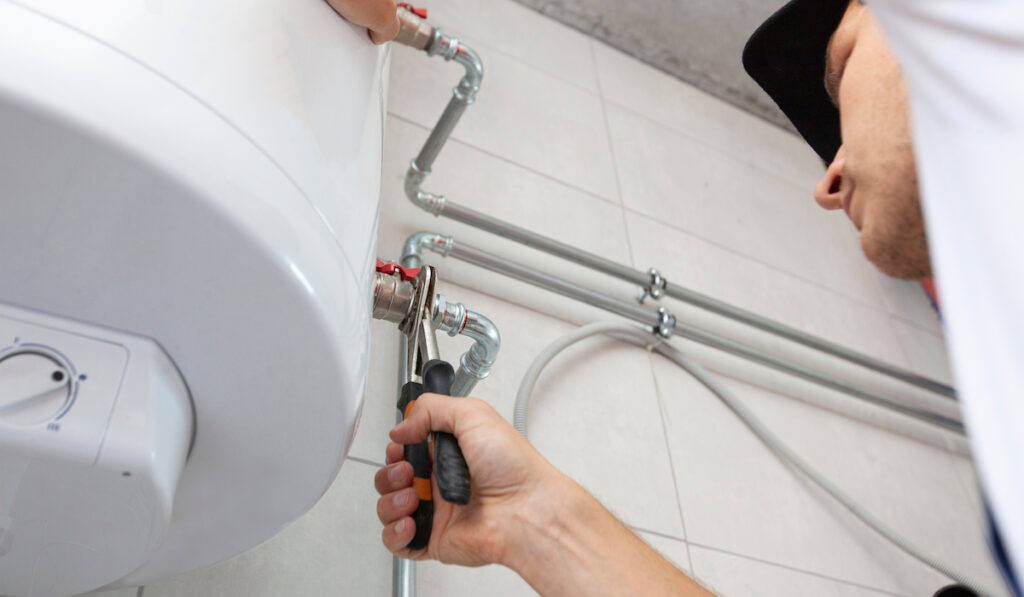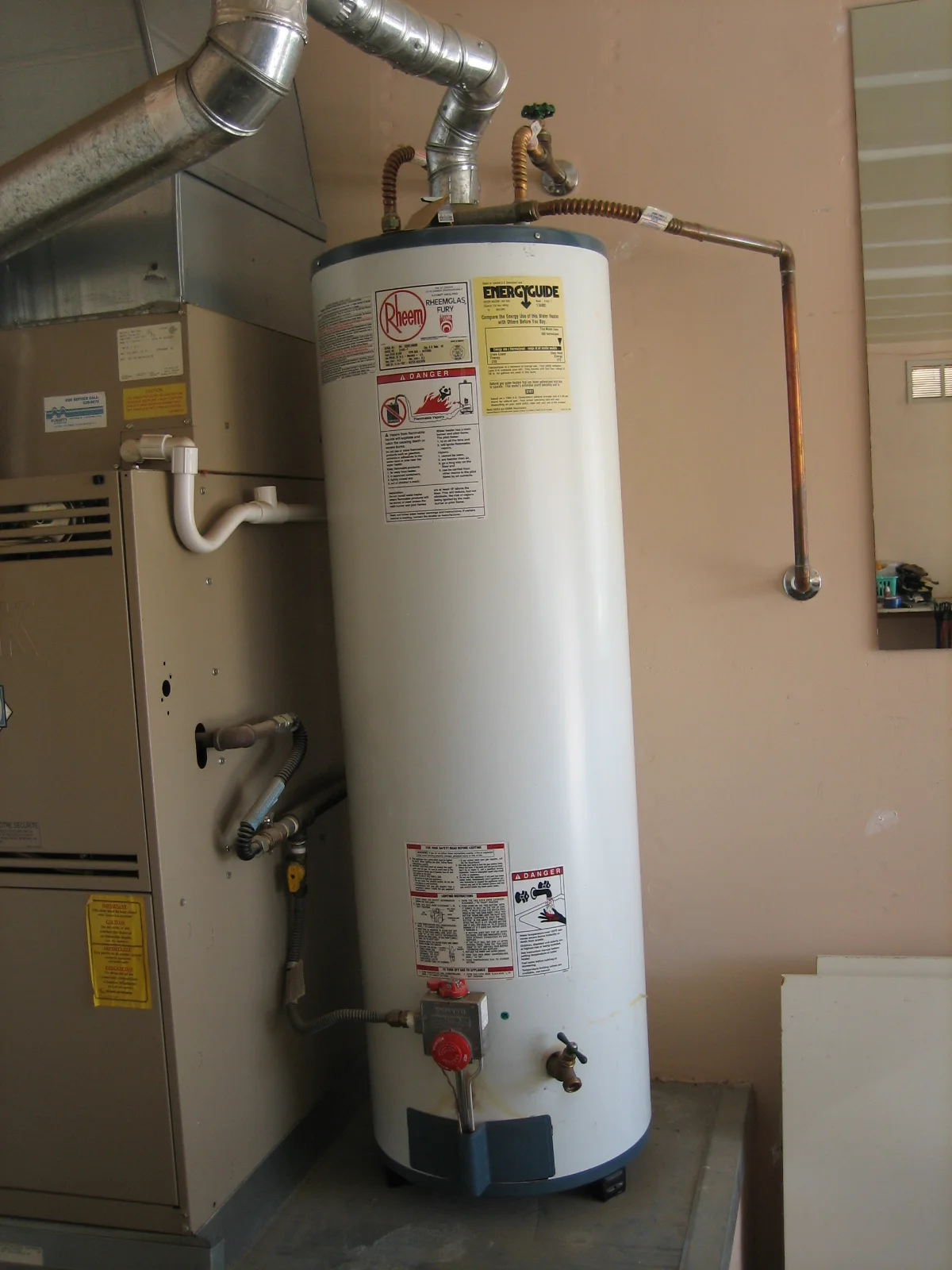Useful Strategies for Maintaining Your Home's Hot Water System
Useful Strategies for Maintaining Your Home's Hot Water System
Blog Article
They are making several great points on the subject of How to Maintain Your Water Heater & Prolong its Life as a whole in the content followed below.

Hot water is important for daily comfort, whether it's for a refreshing shower or washing meals. To ensure your hot water system runs effectively and lasts much longer, routine upkeep is crucial. This post offers useful tips and insights on how to maintain your home's warm water system to stay clear of disturbances and pricey fixings.
Intro
Keeping your home's warm water system may appear complicated, but with a few simple steps, you can guarantee it runs efficiently for several years to find. This guide covers everything from understanding your warm water system to do it yourself maintenance suggestions and knowing when to call in professional aid.
Relevance of Keeping Your Warm Water System
Routine maintenance not just expands the life-span of your hot water system but also guarantees it runs effectively. Overlooking maintenance can bring about lowered effectiveness, higher power costs, and even premature failing of the system.
Indicators Your Hot Water System Needs Upkeep
Understanding when your hot water system needs focus can stop major concerns. Watch out for indications such as inconsistent water temperature level, unusual noises from the heating system, or rustic water.
Understanding Your Warm Water System
Prior to diving into upkeep tasks, it's helpful to comprehend the basic parts of your hot water system. Generally, this consists of the water heater itself, pipelines, anode poles, and temperature controls.
Month-to-month Maintenance Tasks
Normal regular monthly checks can help capture minor concerns before they rise.
Flushing the Hot Water Heater
Purging your water heater eliminates sediment build-up, improving performance and prolonging its life.
Monitoring and Replacing Anode Rods
Anode poles avoid deterioration inside the storage tank. Evaluating and replacing them when worn is crucial.
Checking and Adjusting Temperature Level Settings
Changing the temperature level setups ensures optimal efficiency and safety.
DIY Tips for Maintenance
You can do several maintenance jobs yourself to maintain your warm water system in top problem.
Checking for Leaks
Consistently examine pipelines and connections for leaks, as these can cause water damage and higher expenses.
Testing Pressure Relief Valves
Checking the pressure relief valve guarantees it operates correctly and stops too much pressure accumulation.
Shielding Pipelines
Insulating hot water pipelines lowers warmth loss and can save energy.
When to Call a Specialist
While do it yourself upkeep is beneficial, some issues require professional know-how.
Complicated Concerns Requiring Specialist Help
Examples include significant leaks, electric troubles, or if your hot water heater is consistently underperforming.
Regular Professional Maintenance Advantages
Expert upkeep can consist of detailed examinations, tune-ups, and making sure conformity with safety and security standards.
Conclusion
Regular maintenance of your home's hot water system is vital for efficiency, longevity, and expense savings. By complying with these suggestions and understanding when to look for expert assistance, you can make sure a trusted supply of warm water without unanticipated disturbances.
How to Maintain an Instant Hot Water Heater
Before tinkering with your hot water heater, make sure that it’s not powered on. You also have to turn off the main circuit breaker and shut off the main gas line to prevent accidents. Also turn off the water valves connected to your unit to prevent water from flowing into and out of the appliance. 2. When you’re done, you have to detach the purge valves’ caps. These look like the letter “T†and are situated on either side of the water valves. Doing so will release any pressure that has accumulated inside the valves while at the same time avoid hot water from shooting out and burning your skin. 3. When the purge valves’ caps are removed, you have to connect your hosing lines to the valves. Your unit should have come with three hoses but if it didn’t, you can purchase these things from any hardware or home repair shops. You can also get them from retail stores that sell water heating systems. Read the user’s manual and follow it to complete this task properly. When the hosing lines are connected, open the purge port’s valves. 4. You should never use harsh chemical cleaners or solutions when cleaning your unit. Make use of white vinegar instead. It should be undiluted and you’ll probably use about 2 gallons. 5. Now flush your water heater. This task should probably take about 40 minutes. We can’t give you specific directions for this because the procedure is carried out depending on the type, model and brand of your heater. With that being said, refer to the user’s manual. 6. When you’re done draining the unit, you have to turn off the purge port valves again. Remove the hosing lines that you earlier installed on each of the water valves. Put the valve caps (purge port) back in their respective places and be very careful so as not to damage the rubber discs that are found inside these caps. 7. Now that everything’s back in place, check your user’s manual again to find out how to reactivate your water heating system. 8. Once it is working, turn one of your hot water faucets on just to let air pass through the heater’s water supply pipes. Leave the tap on until water flows smoothly out of it. https://www.orrplumbing.com/blog/2014/september/how-to-maintain-an-instant-hot-water-heater/

I ran across that post on Tips on Maintaining a Water Heater while exploring the internet. Sharing is good. Helping people is fun. Thanks so much for taking the time to read it.
Get A Free Estimate Report this page